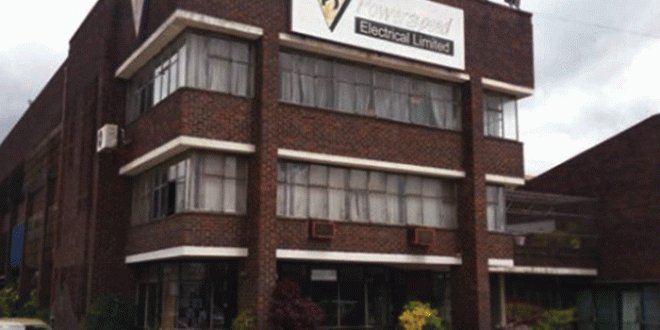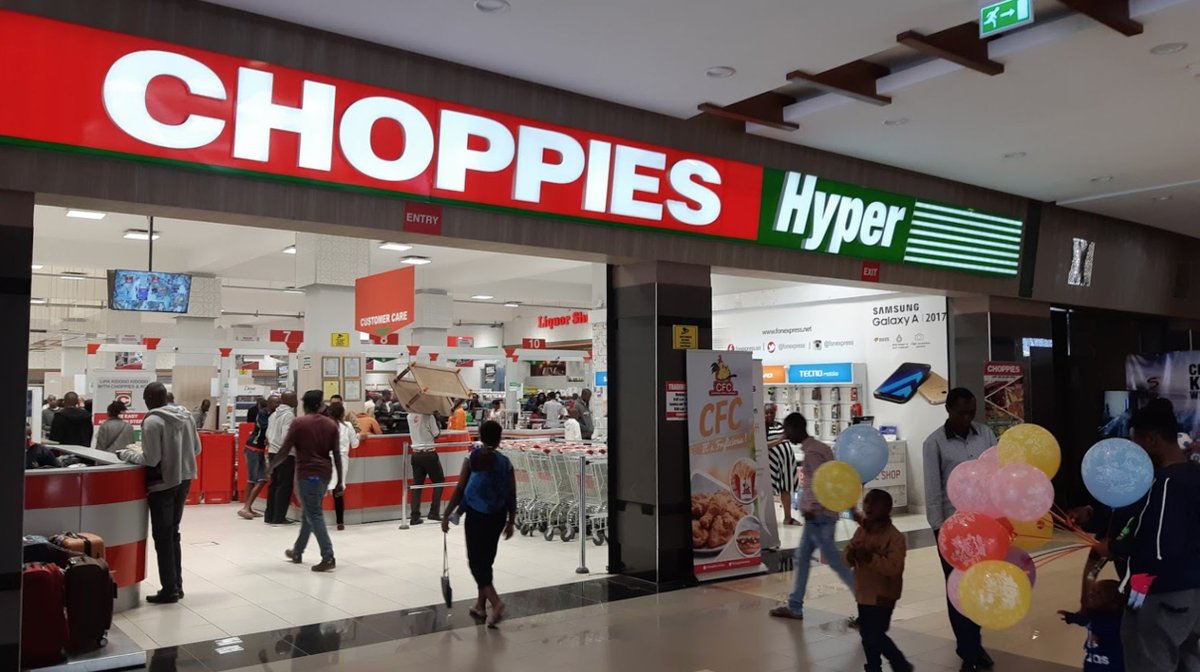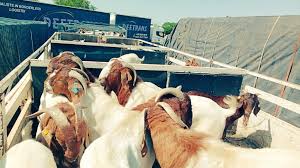Leather sector decries quality goat skin shortage
PLAYERS in the Bulawayo leather sector are facing a shortage of good quality goat skins, citing poor care of livestock by farmers and abattoirs, which affects their viability.
Owing to the low supply of quality hides, tanneries are now finding it difficult to run an efficient production supply line.
Leather
The leather sector is regarded as a low-hanging fruit for the Zimbabwean economy given the country’s competitive advantages in livestock and crop production, which provide key raw materials.
Leather experts say goat hides are most useful in the production of high-end shoes and jackets.
In an interview Prestige Leather Tanneries production manager, Ms Tatenda Katai, said the market for goat skins was huge but quality suppliers were limited.
She said the problem starts with poor rearing of goats by farmers and during slaughter and drying.
“We are facing challenges in accessing good quality goat hides. We need goat farmers and abattoirs to take good care during breeding stages and when handling the skins,” she said.
“In as much as people want and focus on goat meat, the skins are our raw materials. If the animal husbandry is not proper it will show in the skin after tanning. “We have realised that during slaughter, abattoirs poke too many holes rendering the skins not usable for us. We are not able to sell such skins for production of jackets, shoes and handbags.”
Leather Institute of Zimbabwe (LIZ) president, Mr Cornelio Sunduza said there was a need for a national drive to conscientise farmers on the whole goat value chain and the importance of proper animal husbandry.
He said the shortage of quality goat hides was affecting the viability of tanneries. Mr Cornelio Sunduza
“In early 1990s, we had a fully funded hides improvement programme run by the Leather Institute. It improved the uptake and quality of hides as farmers were trained on what they needed to do to ensure provision of quality hides,” said Mr Sunduza.
“That training is not happening now. The shortage of quality hides is a national issue that needs funding for a national awareness drive.
“The hides supply is there but the quality is poor. We, therefore, need to engage the whole supply chain from abattoirs to hides merchants on the importance of churning out the quality of hides.”
Mr Sunduza said goat hides were expensive hence the end products also fetch high value, which is an added incentive for farmers. The downside of poor quality and low supply is that tanneries are forced to scale down production, he added.
“When good quality hides are in short supply it becomes uneconomic for tanneries to run a production line because they get batches at long intervals,” he said.
Cold Storage Company
Mr Sunduza said the potential to tap into the entire Sadc region and beyond is high but due to shortages of usable raw materials production of leather products has dropped.
The Government launched the new Zimbabwe Leather Sector Strategy in 2020 to anchor increased investments and maximising on value-addition and beneficiation to promote export-led industrialisation.
Once Zimbabwe’s industrial hub dominated by large manufacturing firms, Bulawayo used to host several leather factories.
At its peak Bulawayo’s beef to leather products value chain was fully integrated from cattle farmersin Matabeleland North, Matabeleland South and Midlands provinces, Cold Storage Company to tanneries such as Prestige Leather Tanneries, Wet Blue Industries and Zambezi Tanneries. — The Chronicle











